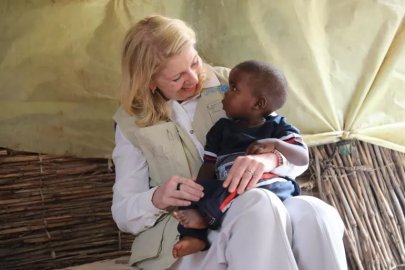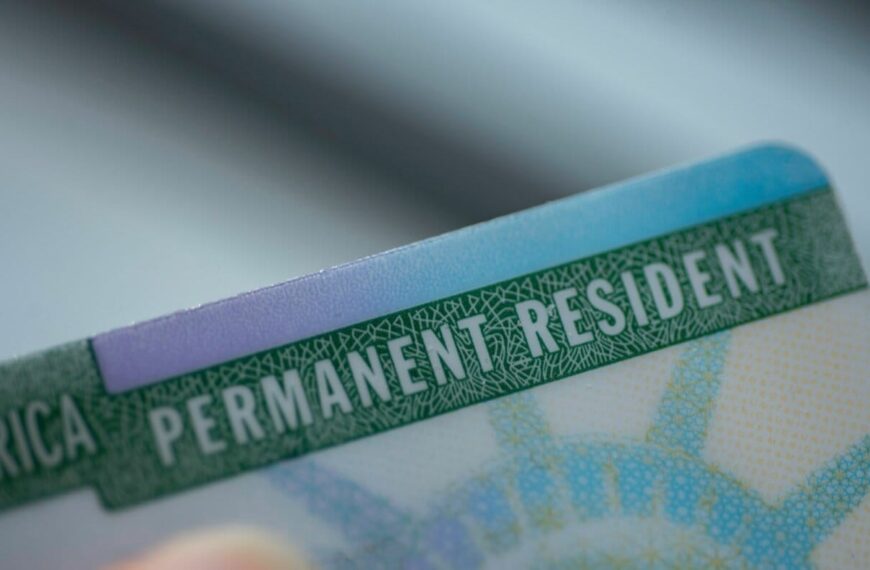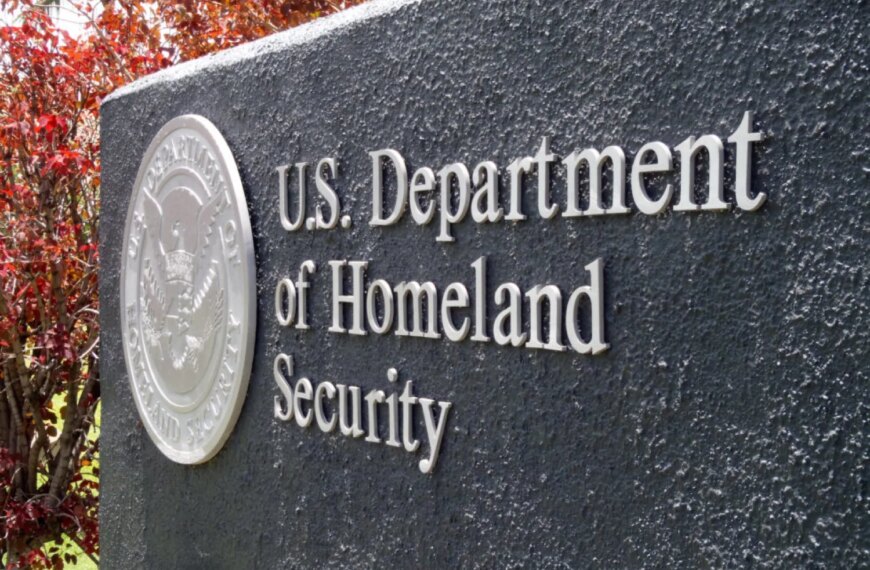Sudan Conflict Displaces Over 2 Million Children in 2023
The ongoing conflict in Sudan has resulted in a staggering humanitarian crisis, with over 2 million children displaced since the beginning of 2023. The situation has escalated into one of the most severe crises in recent history, prompting widespread concern among international organizations and humanitarian agencies.
The Impact on Children
The children affected by the Sudan conflict face numerous challenges, including:
Lack of access to education: Many schools have been destroyed or repurposed for military use, leaving children without a safe place to learn.
Food insecurity: Displacement often leads to a lack of basic necessities, with many children suffering from malnutrition and hunger.
Health risks: The conditions in refugee camps and makeshift shelters can lead to the spread of diseases, further endangering the health of vulnerable children.
Psychological trauma: The violence and instability have left emotional scars on many children, impacting their mental well-being.
International Response to the Crisis
Various humanitarian organizations are working tirelessly to provide support to these children and their families. However, the scale of the need far exceeds the available resources. Key actions being taken include:
Emergency aid: Organizations are distributing food, medical supplies, and essential items to affected families.
Child protection services: Initiatives are being launched to ensure the safety and well-being of displaced children, including mental health support.
Advocacy for peace: International voices are calling for an end to hostilities and a return to dialogue to address the root causes of the conflict.
Challenges for Humanitarian Aid
Despite the urgent need for humanitarian assistance in Sudan, several factors complicate the delivery of aid:
Access restrictions: Ongoing violence hampers efforts to reach those in need, with many areas being inaccessible to aid workers.
Funding shortages: Humanitarian efforts are often underfunded, limiting the scope of what can be accomplished. As of now, only a fraction of the required funding has been secured.
Political instability: The lack of a stable government complicates coordination and planning for long-term recovery efforts.
What Can Be Done?
Immediate and concerted efforts are crucial to address the critical needs of displaced children. Actions that can be taken include:
Increased funding: Donors and governments must step up to ensure that humanitarian organizations can continue their vital work.
Policy advocacy: Pressure should be placed on political leaders to prioritize peace negotiations and ceasefire agreements.
Community support: Local and international communities can mobilize to provide support, whether through donations, awareness campaigns, or volunteering.
Conclusion
The displacement of over 2 million children due to the Sudan conflict is a tragic reminder of the impact of war on the youngest and most vulnerable members of society. It is imperative that the international community comes together to provide the necessary support and advocate for a peaceful resolution to the conflict. Only through collective action can we hope to alleviate the suffering of these children and help them rebuild their lives in the future.










